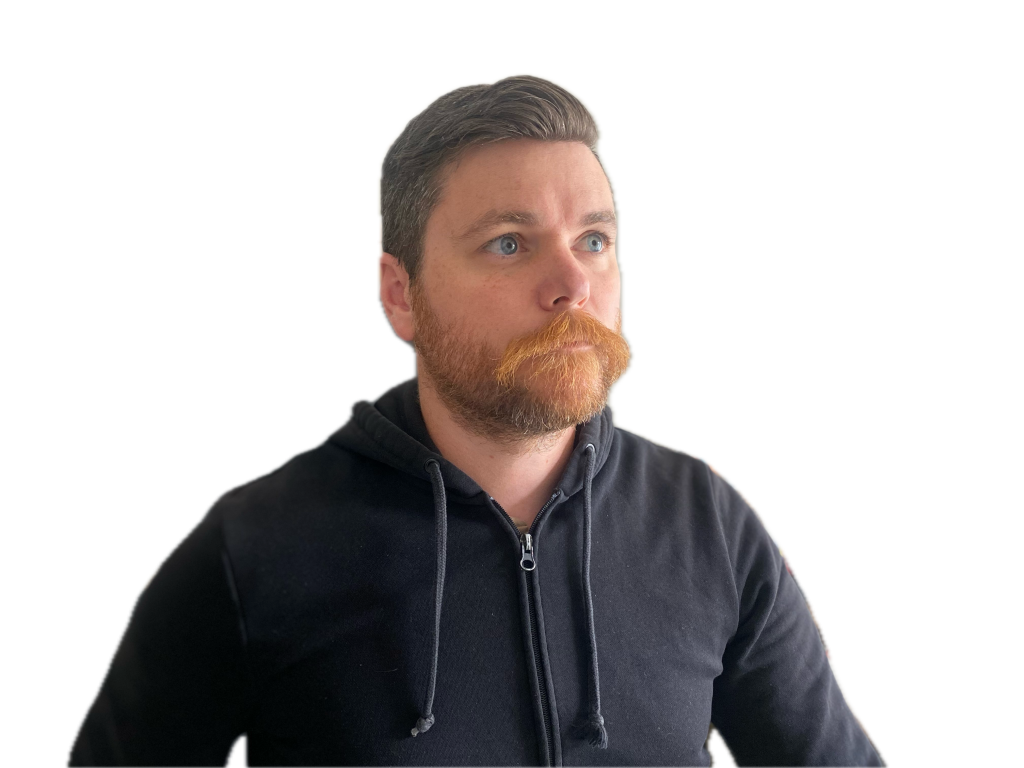Hello WordPress friends,
These past few months I’ve been digging into Full Site Editing in WordPress. My theory is that it’s almost ready for primetime use by the developer/agency community, so I’m testing it out on some client projects.
Overall I’m… mostly impressed. Don’t get me wrong- there are still a ton of rough edges, but also a lot of pleasant surprises. The biggest gap (IMO) is around the developer workflow. I constantly find myself thinking “I know exactly how I would’ve solved this before” but have to spend way too much time in the documentation or digging through the Gutenberg repo.
Along the way, I’ve been learning a lot of new skills around the block editor and have been turning as much as I can into tutorials. Here’s a few recent posts and videos from the blog and my YouTube:
🎥 Adding Custom Fields (Attributes) to Core Blocks
Using just three filters, we’ll add a few custom fields to the core “Button” block in WordPress that will update the button’s content on the front end.
✏️ How to show the “Choose a Pattern” modal by default on new pages
How to offer a selection of page patterns when creating a new page (as seen in the TwentyTwentyFour theme).
✏️ Filter the URLs in Gutenberg Social Link Block
Dynamically populate social link URLs using the render_block filter in WordPress.
✏️ Custom Settings Screens in Block Themes
How do you build custom settings pages for “modern” WordPress? I’m not really sure, but this post started a lot of great conversations online.
✏️ Updating the Twitter Icon in Font Awesome 4
If you’re managing an older website running Font Awesome 4, you might be asked to swap out the Twitter icon for the new X symbol. Here’s how to do it without leaving the Customizer.
🎥 Build Custom Blocks Using InnerBlocks
A great way to start building blocks for WordPress is using InnerBlocks. Group other blocks together and easily add styles and settings. I do this all the time, so I recorded a video teaching you how to do it.
Meanwhile, Aurooba and I just finished our first mini-series on Season 2 of our podcast, viewSource. We put Laravel and WordPress head-to-head, building a small application and discussing the differences between the two frameworks.
Other links from around the web…
The big news: Sarah Gooding has left WPTavern. She was truly a key voice in the WordPress community and her objective yet principled reporting will be missed. Mullenweg says he’s looking for a replacement, but I have a feeling the Tavern will be silent for some time.
In a similar vein, Matt Medeiros brought Pippin Williamson out of WordPress retirement for a quick chat. Pippin was another key voice that eventually left the community (though who wouldn’t want to spend their days making craft beer). I know I learned a lot from Pippin’s blog posts and software when I started as a developer in WordPress.
Another podcast I’ve been enjoying is Within WordPress from Remkus de Vries. Two episodes I’ll recommend: his interviews with Lesley Sim and Jonathan Wold.
Oh- and I had a brief yet caffeinated chat with WP all-star Michelle Frechette on her podcast, WPCoffeeTalk.
PHPCS- a key tool in WordPress (and other software) development- needs community support after it’s current sponsor has decided to abandon it. There’s a write-up on Post Status (nothing about it on the Tavern, of course), but Juliette’s GitHub issue outlining the situation is amazingly well-written.
If you like reading issues on GitHub, this back-and-forth argument over the LinkControl component (the little popup when you add a hyperlink in the block editor) is definitely worth a glance. What’s most noteworthy is the tremendous amount of assumptions everyone makes around the WordPress user base.
And to wrap it up: WordCamp Phoenix 2024 has been announced. Considering this is the only WordCamp in the western United States, I consider it my “home” WordCamp.
I’m working on my talk submission, probably around doing fancy things with the block editor or developer workflows for full site editing. We’ll see. I hope to see you there next year!

